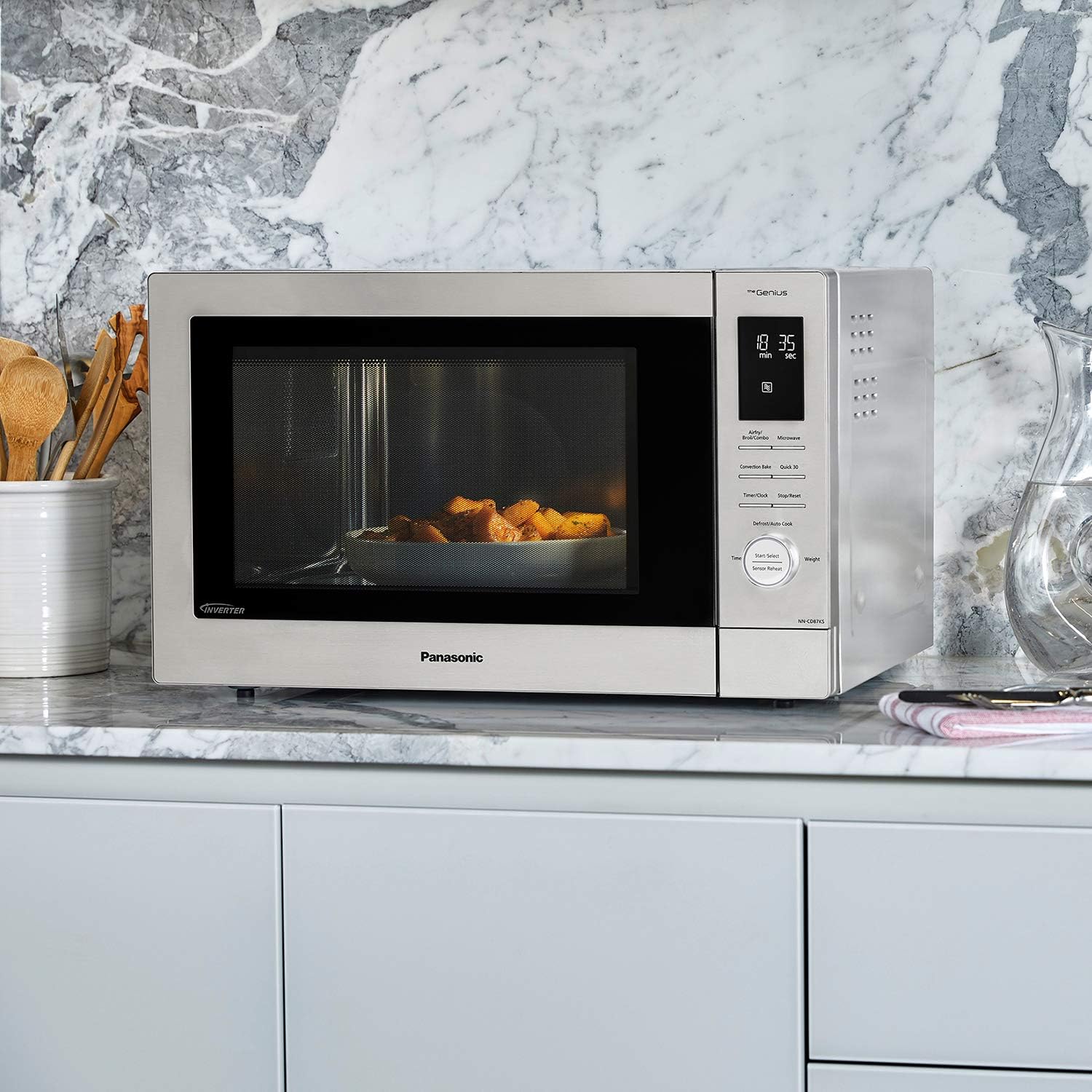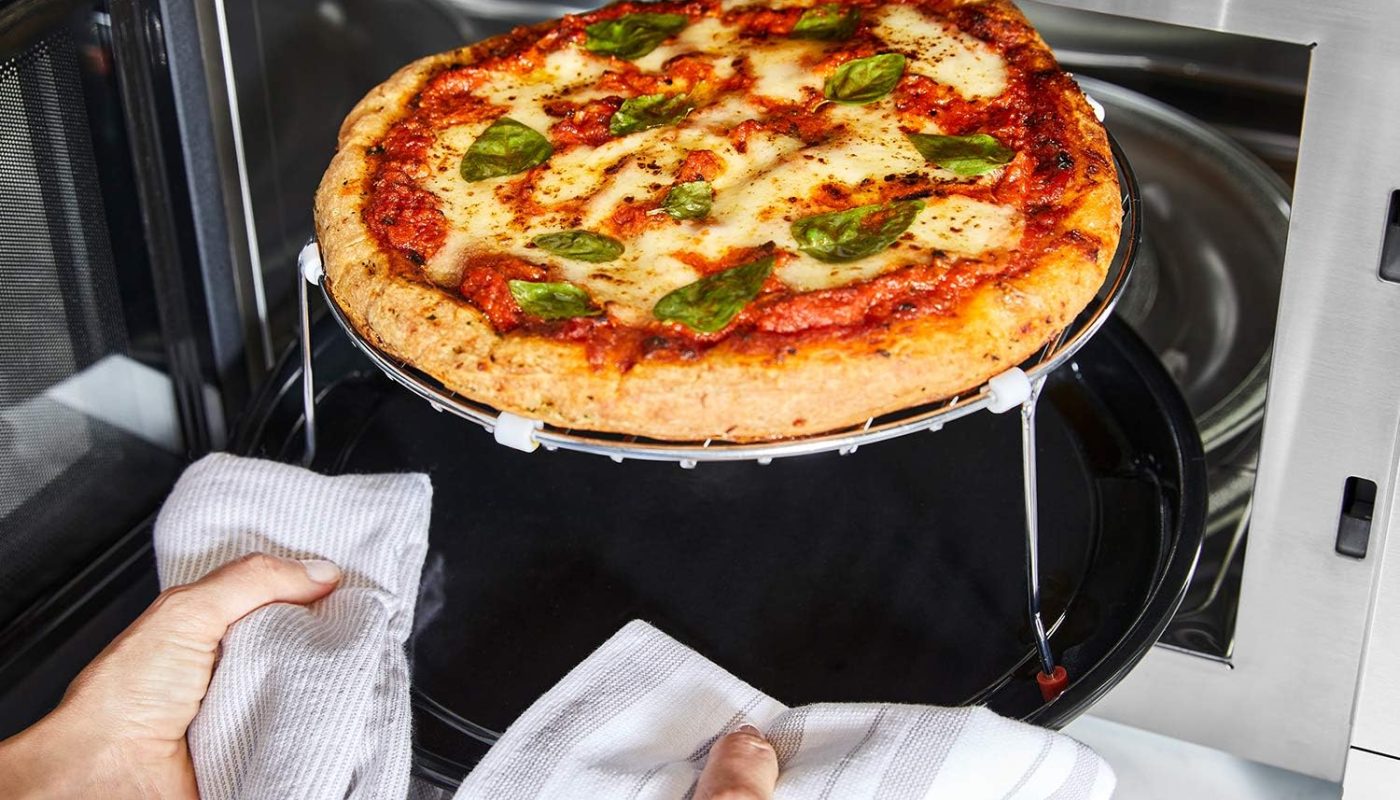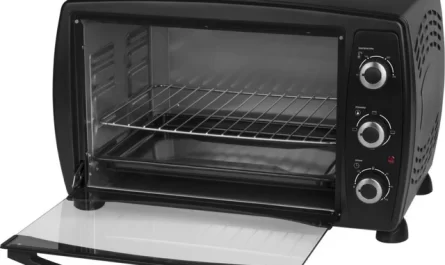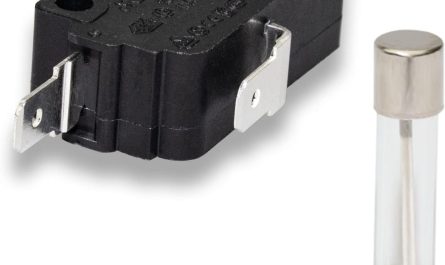Introduction:
Microwave ovens have become an essential appliance in many households today, providing a quick and convenient way to heat and cook food. With numerous options available in the market, comparing microwaves can be a daunting task. In this article, we will explore various aspects to consider when comparing microwaves, helping you make an informed decision for your specific needs.

How do I compare microwave?
Size and Capacity:
One significant factor to consider when comparing microwaves is their size and capacity. Firstly, evaluate the available space in your kitchen and choose a microwave that fits perfectly. Additionally, consider your cooking habits and the volume of food you typically prepare. Microwaves come in various sizes, ranging from compact models suitable for small kitchens to larger models with higher capacity for larger families or frequent entertainers.
Power and Wattage:
Microwaves vary in power and wattage, affecting their cooking performance. Higher wattage generally results in faster and more even cooking. When comparing microwaves, pay attention to the wattage range offered by different models. A higher wattage microwave will cook food more quickly, but may also require more electricity.
Cooking Functions and Features:
Modern microwaves offer a wide range of cooking functions and features to enhance versatility. Look for microwaves with features such as convection cooking, grill options, sensor cooking, and preset programs for specific food items. These additional features can significantly expand your cooking options, making your microwave a multi-purpose appliance.
Control Panel and Ease of Use:
The control panel design and ease of use are crucial considerations when comparing microwaves. Look for microwaves with intuitive and user-friendly control panels, preferably with a clear display and easy-to-press buttons. Some models even offer touchscreen controls for a more modern and convenient experience. Additionally, consider the ease of cleaning the control panel, as it can accumulate food splatters over time.
Safety Features:
Microwaves should include essential safety features to protect users from potential hazards. Look for microwaves with child lock features to prevent accidental operation by children. Additionally, consider models with built-in mechanisms to prevent overheating or excessive radiation leakage.
Energy Efficiency:
Energy efficiency is an important aspect to consider when comparing microwaves. Look for models with high energy efficiency ratings, as they consume less electricity and contribute to lower energy bills. Some microwaves also offer energy-saving modes or features, allowing you to further reduce energy consumption during standby periods.
Design and Aesthetics:
While functionality is crucial, the design and aesthetics of a microwave should not be overlooked. Consider the overall design of the microwave, including the color, finish, and style, to ensure it complements your kitchen décor. Stainless steel models are popular for their sleek and modern appearance, while others may prefer colorful or retro-style microwaves to add a unique touch to their kitchen.
Price and Budget:
Another important aspect to consider when comparing microwaves is the price and your budget. Microwaves come in a wide range of prices, so it’s crucial to determine how much you’re willing to spend. Consider your needs and the features you require to find a balance between affordability and functionality. Keep in mind that while some high-end models may offer advanced features, they may also come with a higher price tag.
Brand Reputation and Customer Reviews:
Before making a final decision, it’s beneficial to research the brand reputation and read customer reviews. Look for well-established brands known for producing high-quality and reliable microwave ovens. Customer reviews can provide valuable insights into the performance, durability, and user experience of different models. Pay attention to feedback regarding key aspects such as cooking performance, ease of use, and customer service.
Conclusion:
When comparing microwaves, it is essential to consider factors such as size, capacity, power, cooking functions, control panel design, safety features, energy efficiency, and design. By evaluating these aspects, you can select a microwave that aligns with your cooking needs, budget, and kitchen aesthetics. Remember to research and read reviews from reliable sources before making a final decision. A well-chosen microwave can greatly enhance your cooking experience and save you time and effort in the kitchen.




